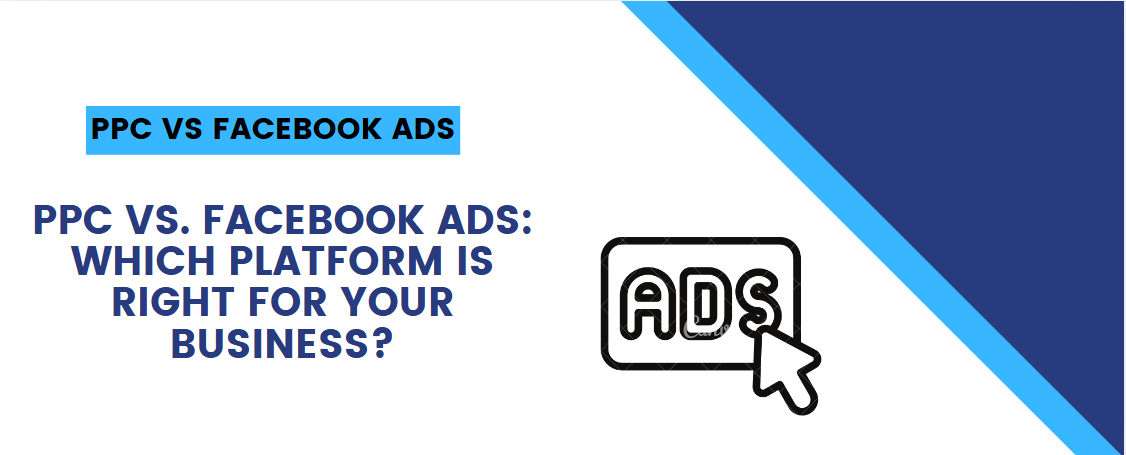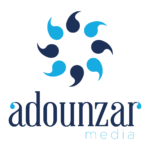When it comes to advertising online, businesses have a lot of options. But two of the most popular choices are PPC (Pay-Per-Click) and Facebook Ads. Both platforms offer powerful ways to promote products and services, but they work very differently. If you’re trying to decide which one is best for your business, you’re not alone. Many business owners and marketers struggle with the same question: Which platform should I choose for advertising—PPC or Facebook Ads?
In this blog, we’ll dive deep into each of these advertising methods, explore their key differences, and help you figure out which one might be the best fit for your business goals. We’ll break everything down in simple, easy-to-understand language and, of course, include plenty of stats to help you make an informed decision.
What is PPC Advertising?
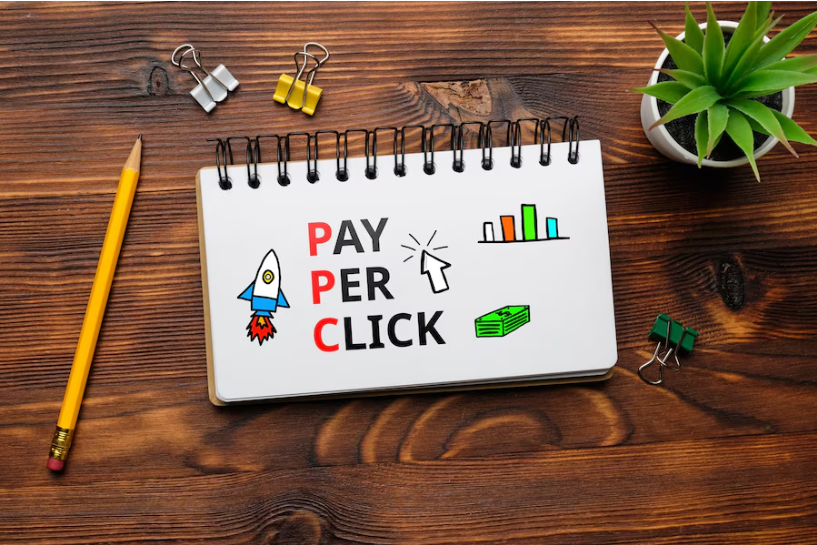
PPC (Pay-Per-Click) advertising is a method where businesses pay for each click on their ad. Most PPC ads are run through platforms like Google Ads, but they can also appear on other search engines, websites, and even social media. The goal of PPC is to drive traffic to your website or landing page through paid advertisements that show up in search results or display networks.
The beauty of PPC is that it allows you to target specific keywords. For example, if someone searches for “best running shoes" on Google, your ad can appear at the top of the search results. The catch is that you only pay when someone clicks on your ad, hence the name “pay-per-click."
Stats About PPC
- According to WordStream, businesses make an average of $2 in revenue for every $1 they spend on Google Ads.
- Google Ads holds the lion’s share of the global digital ad spend, with 37.2% of the global market.
- Around 65% of users click on paid search ads when they are looking to buy something online (according to HubSpot).
PPC works well for businesses looking to target people who are actively searching for a product or service, meaning you’re reaching potential customers at the exact moment they are ready to take action.
What are Facebook Ads?
Facebook Ads are paid advertisements that appear on Facebook (and its associated platforms, like Instagram, Messenger, and the Audience Network). Unlike PPC, which primarily targets people who are actively searching for something, Facebook Ads target users based on their interests, behaviors, demographics, and more. Facebook gives advertisers a huge range of targeting options, allowing them to reach users who might not even know they need the product or service yet.

Facebook Ads are perfect for businesses looking to raise brand awareness or target a specific demographic. The platform allows businesses to use images, videos, carousels, slideshows, and more to create engaging ads that can appear in users’ newsfeeds, on the sidebar, or in stories.
Stats About Facebook Ads
- 2.96 billion people use Facebook every month (according to Statista).
- 93% of Facebook advertisers say the platform is “important” for their business (according to Social Media Examiner).
- 1.5 billion people engage with Facebook Ads every day (according to AdEspresso).
- Businesses can expect an average click-through rate (CTR) of 0.90% for Facebook Ads (according to WordStream).
So, while PPC is driven by search intent, Facebook Ads are more about showing ads to the right people at the right time—even if they aren’t actively searching for what you’re offering yet.
Key Differences Between PPC and Facebook Ads
Now that we know what both platforms do, let’s take a look at some of the key differences between PPC and Facebook Ads. Understanding these differences can help you decide which platform fits your business’s needs.

1. Targeting Options
- PPC: The targeting is primarily based on keywords. When someone types a search query into Google (or another search engine), your ad can show up if it matches their search intent. You can also target based on location, device, and time of day.
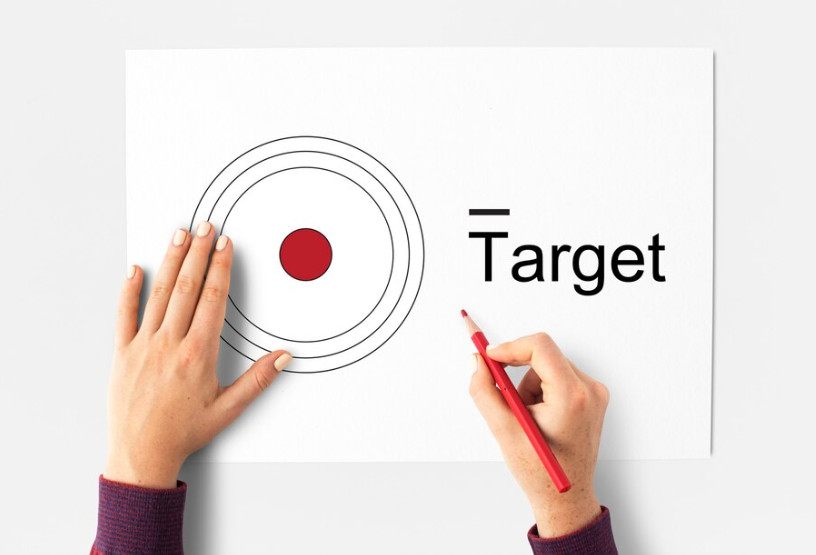
- Facebook Ads: Targeting on Facebook is far more demographic and behavioral. You can target users based on age, gender, interests, behaviors, job titles, online activity, and more. This allows you to show your ads to people who might not even be aware they need your product yet.
2. Audience Intent

- PPC: PPC ads are shown to people actively searching for something related to your business. This means the audience has a high intent to buy or learn more about your product. For example, someone searching “buy iPhone 14" on Google is likely ready to make a purchase.
- Facebook Ads: Facebook Ads, on the other hand, are shown to users who may or may not be interested in your product at that moment. This makes it more about creating awareness and building interest over time. For instance, someone might see an ad for running shoes while scrolling through their Facebook feed but may not be actively looking for shoes at that time.
3. Cost
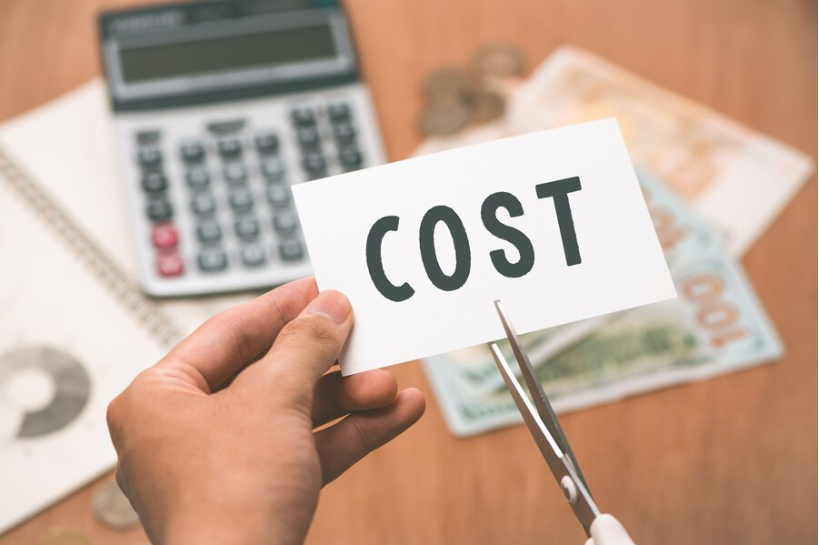
- PPC: The cost of PPC ads can vary depending on competition and keywords. Google Ads, for instance, can get very expensive, especially for competitive keywords. For example, the average cost per click (CPC) for legal keywords can exceed $50 per click in certain markets.
- Facebook Ads: Facebook Ads typically have a lower CPC than Google Ads. On average, Facebook CPC can range from $0.50 to $2.00 depending on your target audience. The lower cost makes Facebook Ads a great option for businesses with a smaller advertising budget.
4. Ad Formats
- PPC: PPC ads primarily appear as text-based ads in search results. However, Google Ads also has options for display ads (images, banners) that can show up across the Google Display Network (GDN), which includes millions of websites and apps.
- Facebook Ads: Facebook Ads are highly visual and come in many formats, including photo ads, video ads, carousel ads (multiple images or videos in one ad), and slideshow ads. These visual formats make Facebook Ads more engaging and ideal for businesses that want to showcase their products with strong imagery or videos.
5. Measuring Results
- PPC: With PPC, you can track a wide range of metrics, including clicks, cost-per-click (CPC), conversion rate, return on ad spend (ROAS), and more. These metrics allow you to measure how well your ads are performing in real time, making it easy to optimize your campaigns.
- Facebook Ads: Facebook also provides detailed performance metrics, such as impressions, click-through rates (CTR), conversion rates, and engagement (likes, shares, comments). While Facebook provides less detailed data on conversion tracking compared to Google Ads, it does offer robust reporting tools.
6. Speed of Results
- PPC: PPC campaigns can start driving results almost immediately. As soon as your ads go live, they’ll begin to show up in search results, and you’ll start getting clicks and traffic right away.
- Facebook Ads: With Facebook Ads, results can take a little longer to appear, as the audience may not be actively searching for your product. But over time, as you build awareness and engagement, Facebook Ads can result in sustained brand growth.
Which One Is Right for Your Business
So, after all this, which platform should you choose for your business? It really depends on your goals, your budget, and the nature of your product or service.
Use PPC If:
- You have a specific product or service that people are actively searching for.
- Your goal is to drive immediate traffic or increase sales.
- You want to target users based on specific search queries (high-intent customers).
- You’re looking for a clear ROI, with the ability to track your performance through detailed metrics.
- You have a larger advertising budget and are willing to bid for competitive keywords.
Use Facebook Ads If:
- You want to increase brand awareness or engage with a larger audience.
- You are targeting a specific demographic or customer interest group.
- Your goal is to generate interest in a product even if people aren’t actively searching for it.
- You have a limited advertising budget, as Facebook Ads tend to be more cost-effective.
- Your business relies on strong visuals or storytelling, and you want to use images and videos to engage potential customers.
Final Thoughts
Both PPC and Facebook Ads are incredibly powerful tools, but they serve different purposes. If you’re focused on targeting users who are already looking for your product or service, then PPC may be the better choice. However, if you’re looking to build awareness and reach a more specific audience based on interests, behaviors, and demographics, then Facebook Ads could be the way to go.
At the end of the day, many businesses use a combination of both. By running PPC campaigns for search-driven traffic and Facebook Ads for broader, interest-based targeting, you can cover all your bases and reach potential customers at different stages of their buying journey.
The most important thing is to continuously monitor and optimize your campaigns. With the right strategy, both PPC and Facebook Ads can deliver significant results for your business.
